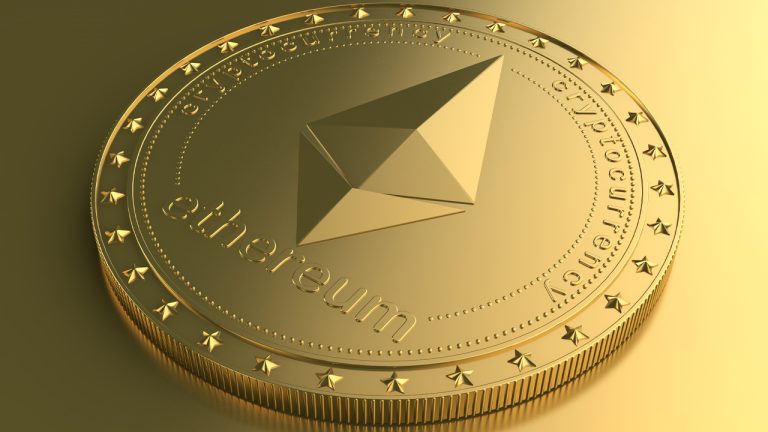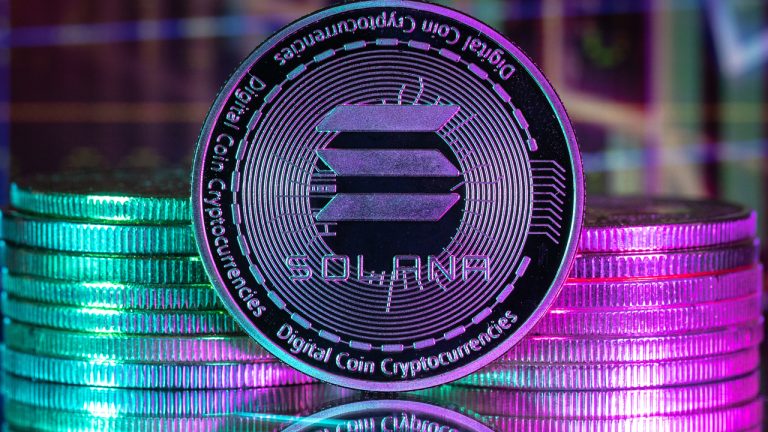
The highest recently generated block reward was 584 ETH, created by a MEV bot front-running transactions during the DeFi chaos.
The recent Curve Finance exploit has reportedly led to one of the largest ever maximal extractable value (MEV) reward blocks of 584.05 Ether (ETH).
On July 31, Ethereum core developer “eric.eth” reported that “today has produced some of the largest MEV reward blocks in Ethereum’s history,” adding it was caused by the exploit of Curve Finance stable pools on July 30.
Data shows a larger MEV reward block of 692 ETH was recorded in March.
“A bot notices an incoming hack in the mempool, reproduces the tx [transaction] and front runs it”, he explained before adding, “To do so they pay the block producer a lot of ETH to be front of the line.”
Today has produced some of the largest MEV reward blocks in Ethereum’s history.
— eric.eth (@econoar) July 30, 2023
Slot 6,992,273: 584 ETH
Slot 6,993,342: 345 ETH
Slot 6,992,050: 247 ETH
Slot 6,993,346: 51 ETH
A MEV bot is designed to generate extra revenue by reordering and/or inserting transactions in an otherwise normal block to generate arbitrage opportunities.
MEV bots can also see pending liquidation transactions and front-run them to buy the liquidated assets first at a discount.
The validator gets to propose a block using a relay that outsources their block production to entities specialized in extracting this extra revenue. They will get a cut of this revenue in exchange for allowing the MEV bot to front-run the transaction.
This is known as the “block reward” and some huge ones have been logged over the past few hours.
The highest MEV bot block reward was 584.05 ETH, valued at around $1 million, confirmed at 1.34 am UTC on July 31, according to Beaconcha.in. There were also block rewards for 345 ETH and 247 ETH around that time.
Related: Vyper vulnerability exposes DeFi ecosystem to stress tests
Moral questions were raised among the responses to the tweet and the implications of potentially illicit funds being used to pay validators to allow the front-running of transactions.
“And this is where the morality of MEV rewards going to miners gets pretty shady. These are effectively hacked funds.”
In April, a Subway-themed trading bot made millions in extractable value by using “sandwich attacks” during the memecoin trading frenzy.
Collect this article as an NFT to preserve this moment in history and show your support for independent journalism in the crypto space.
Magazine: Should crypto projects ever negotiate with hackers? Probably













